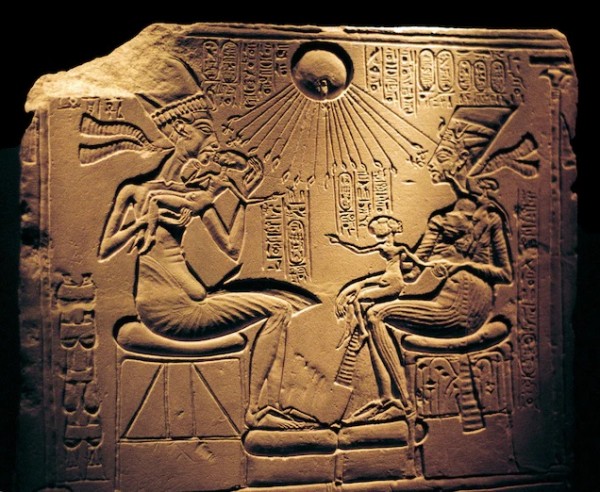The Lost Golden City
Akhenaten, who left the ‘golden city’ for a new capital at Amarna, encouraged a startlingly different style of Egyptian art. Here he is shown with his wife, Nefertiti, and three daughters.
On April 7, 2021, archaeologists released the discovery of the largest ancient city in Egypt dating back 3,000 years. This finding is claimed to be as groundbreaking as the unearthing of Tutankhamun’s, King Tut, tomb.
The excavation began in September 2020, led by archaeologist Zahi Hawass near the city of Luxor, about 300 miles south of the capital, Cairo. After months of digging the southern area of the site, the team found what they call the “lost golden city” or its official name, “The Rise of Aten,” nearly intact.
While digging, they have found entire neighborhoods with 10-foot walls untouched for thousands of years. Inside the houses, they found colored pottery, rings, scarabs, storage pottery for meat, and tools for weaving, metalwork, and glass-making. With these houses, the archaeologists also found a large bakery capable of housing many employees with ovens and more storage pottery. Another unsettling discovery was a skeleton with a rope around its knees, which the team hypothesizes was part of a “remarkable burial.”
Explaining why this find is so important, Hawass says that “Each piece of sand can tell us the lives of the people, how the people lived at the time, how the people lived in the time of the golden age, when Egypt ruled the world. We spent a lot of time talking about mummies and talking about how they died, the ritual of their deaths. And this is the ritual of their lives.”
By Kevin Lee


















